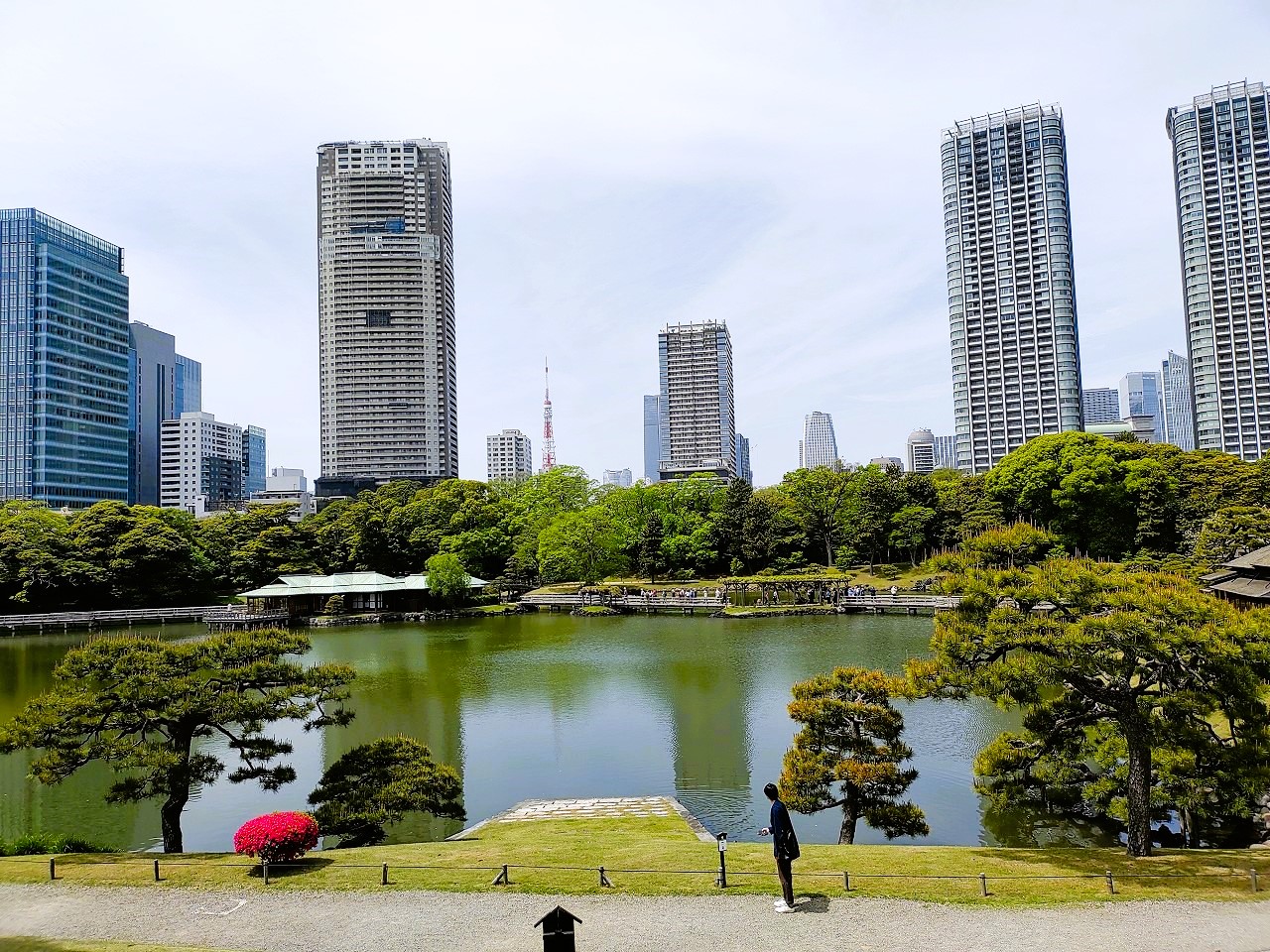Thank you for joining our tour in Asakusa on April 24. 6 people were kindly with us from Australia, Taiwan and Canada in spite of the bad weather. Asakusa has a once-a-year festival called ‘Sanja Festival’ on May 17-19 this year. This is a spectacular festival and about 100 mikoshi portable shrines parade through the towns. It seems that people in Asakusa can’t wait for the festival. As promised various photos are posted as a memory.

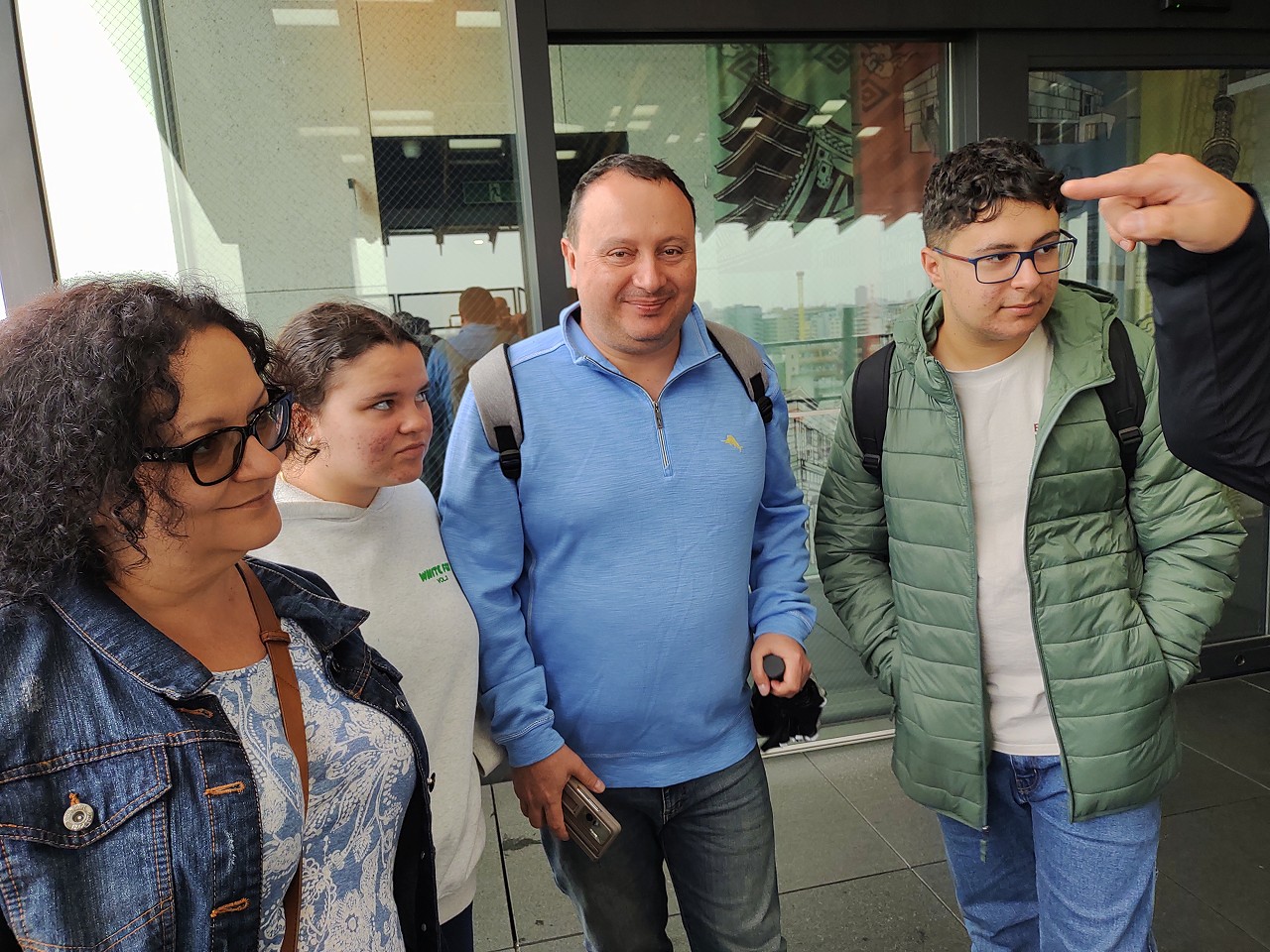
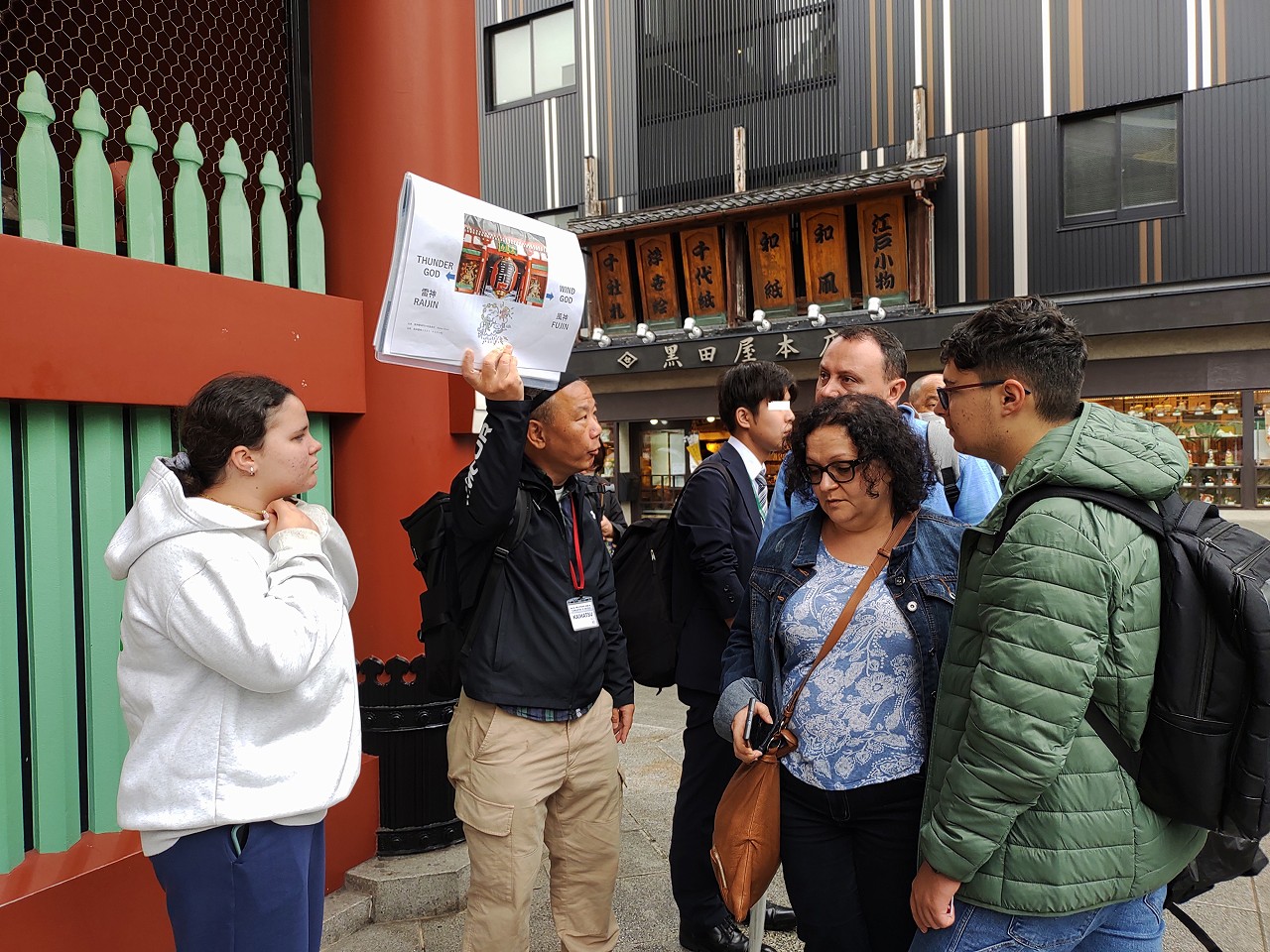
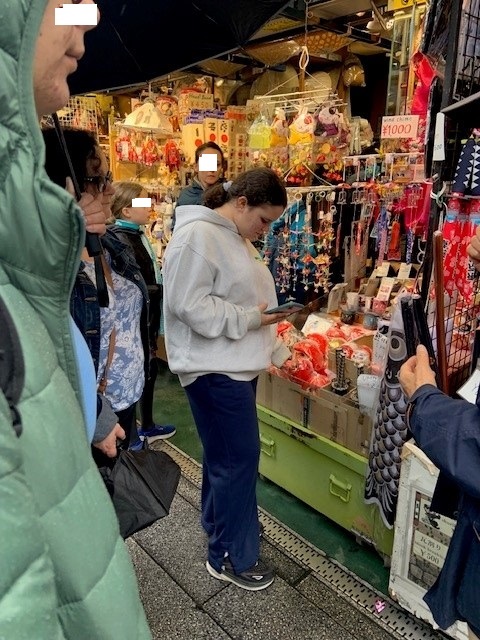
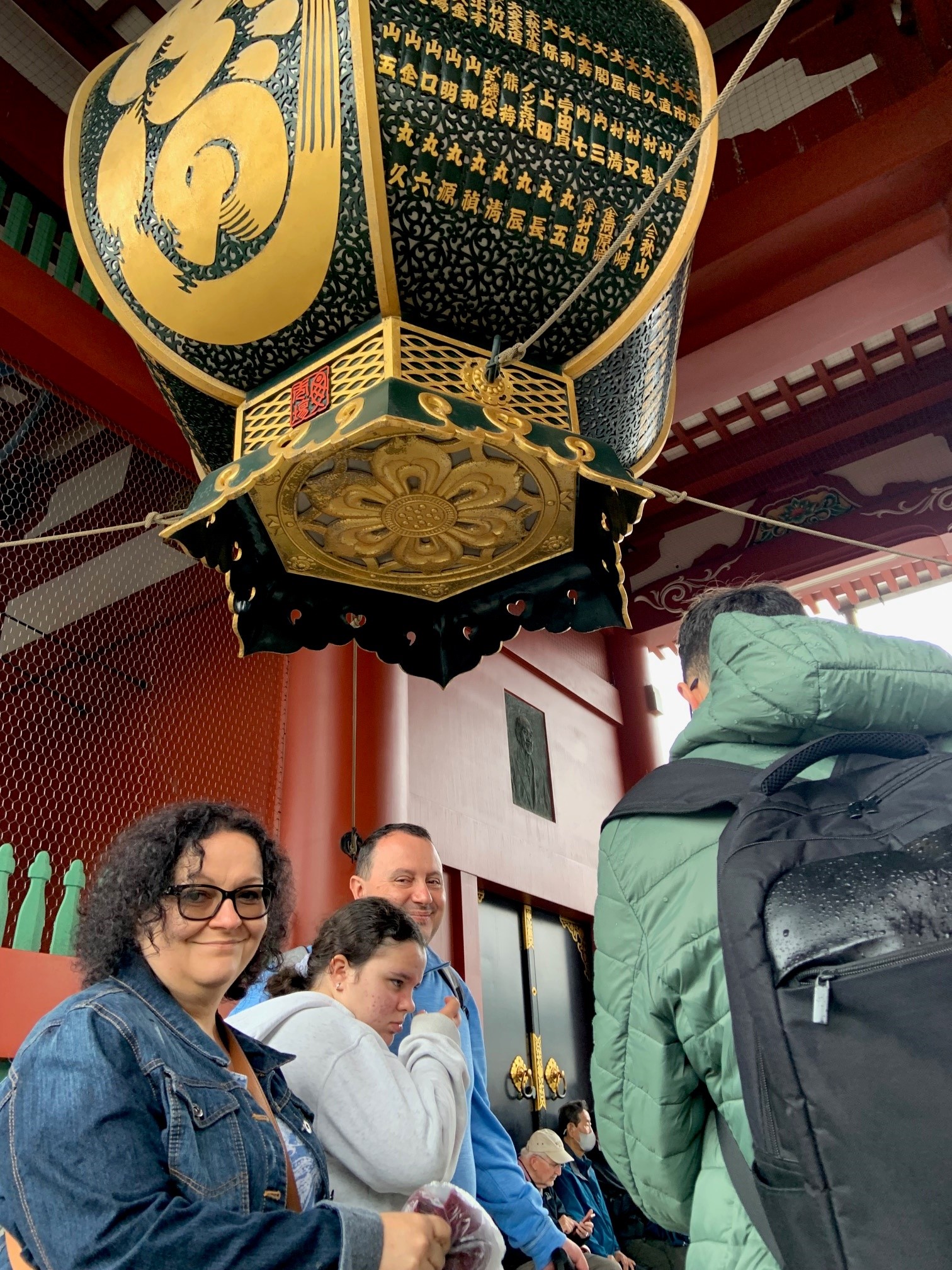
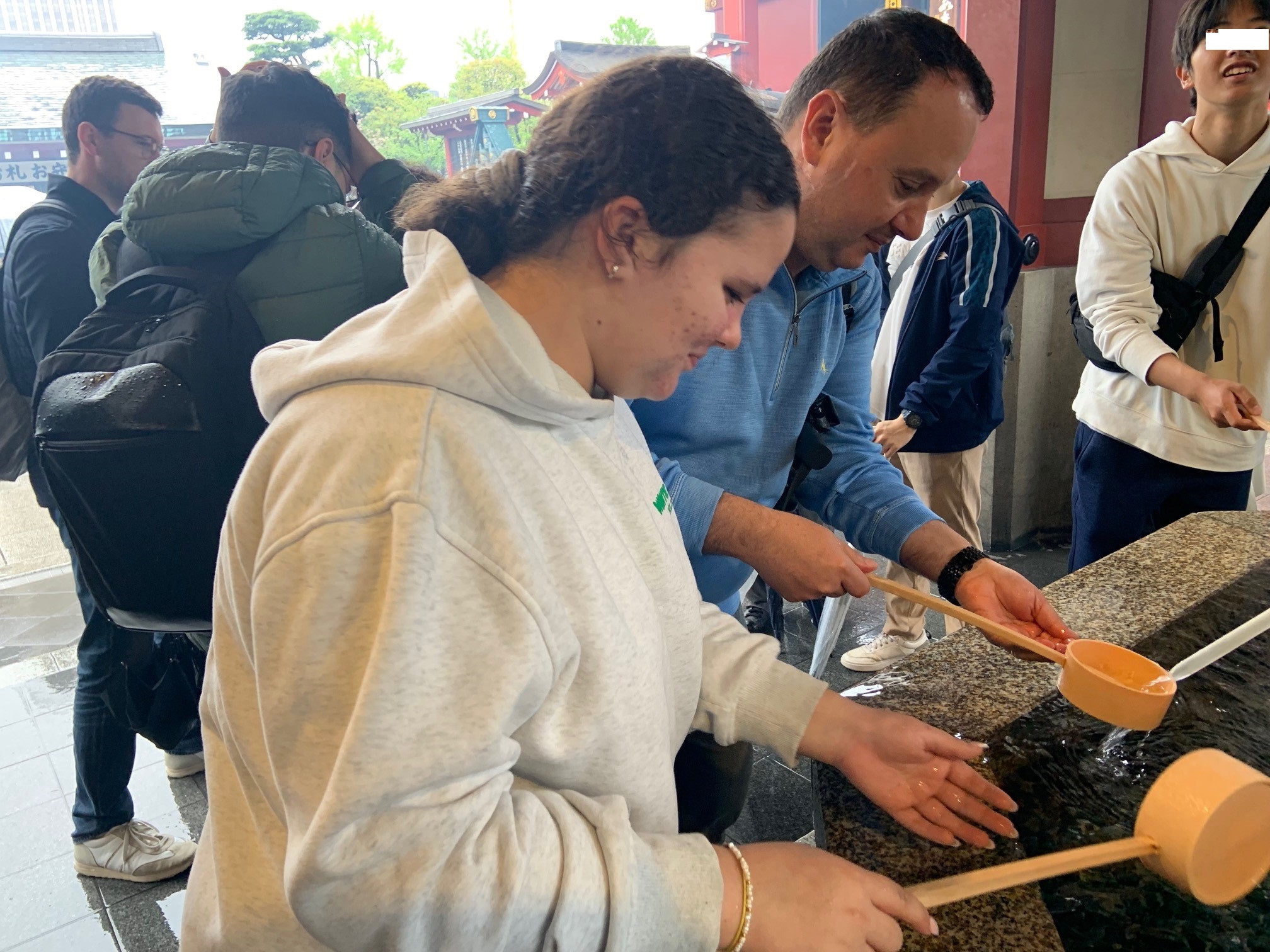
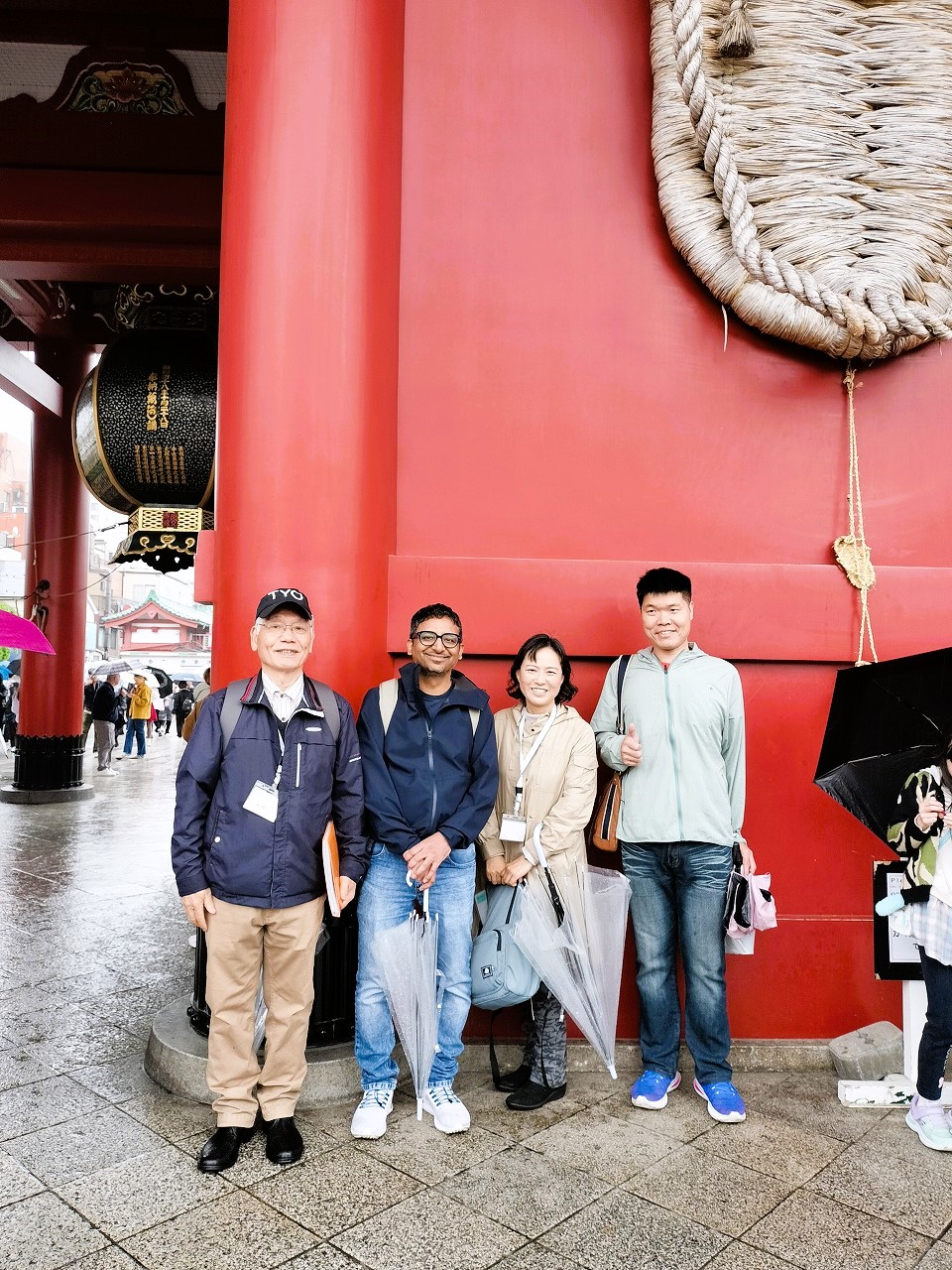
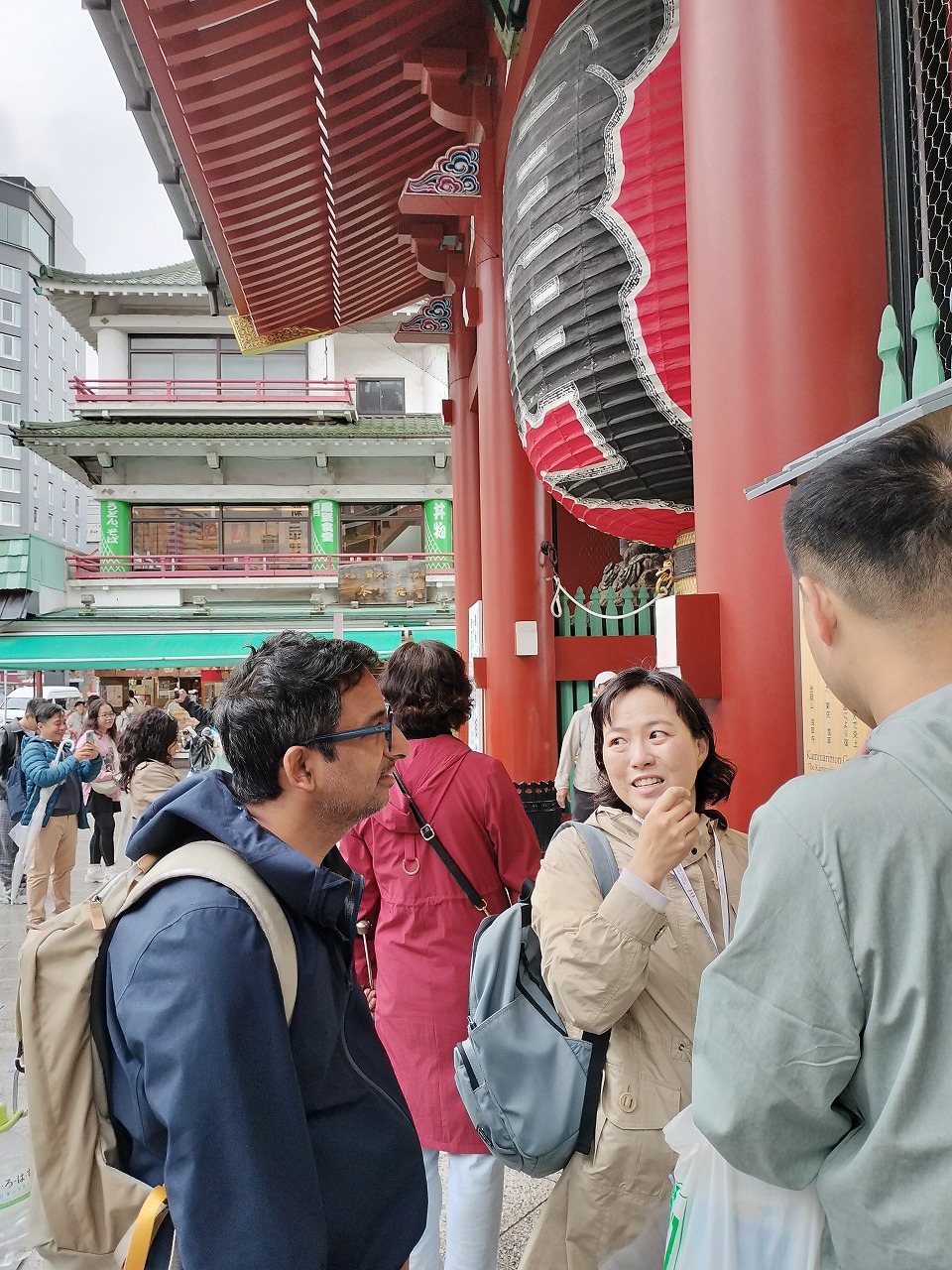
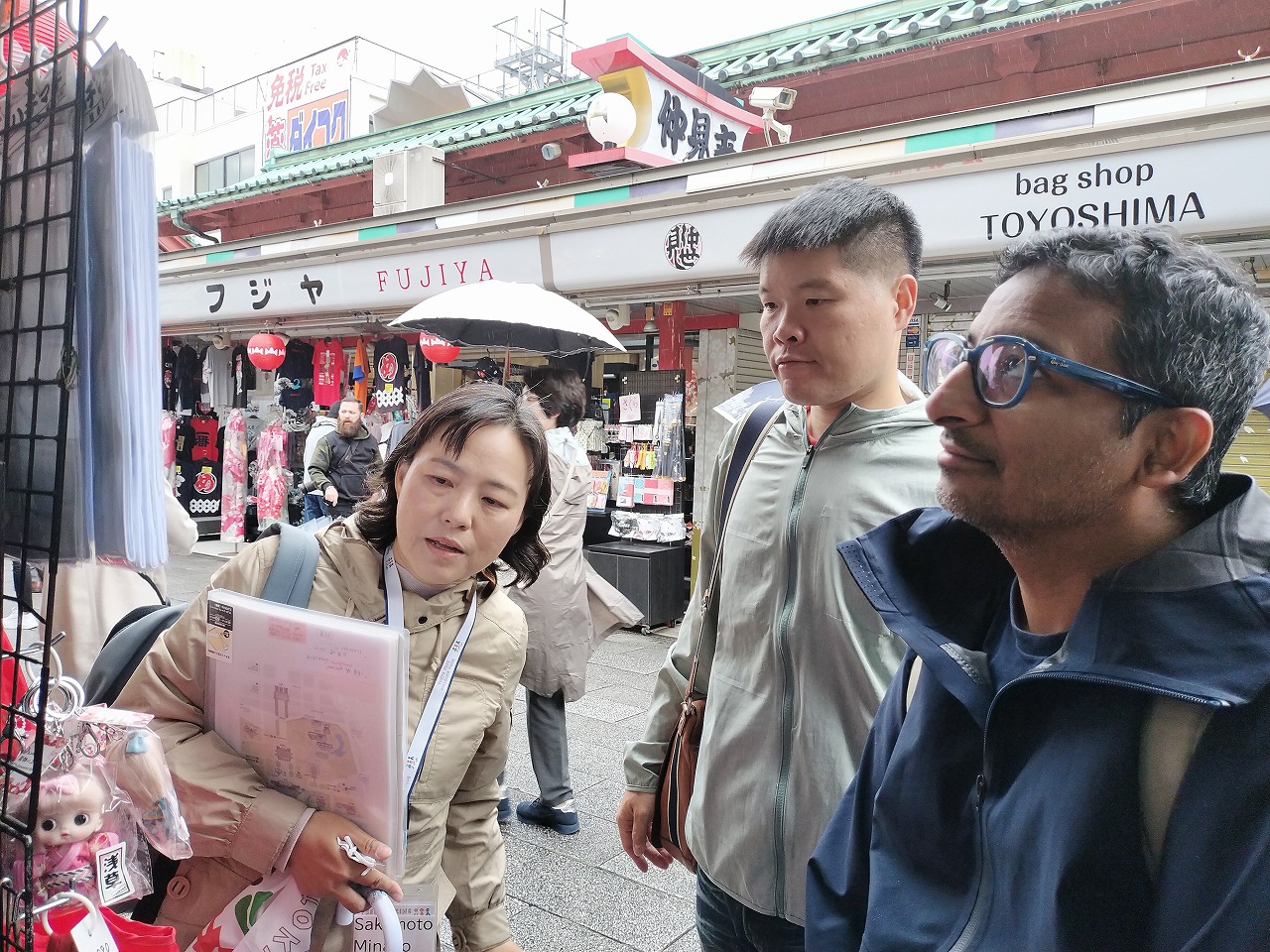
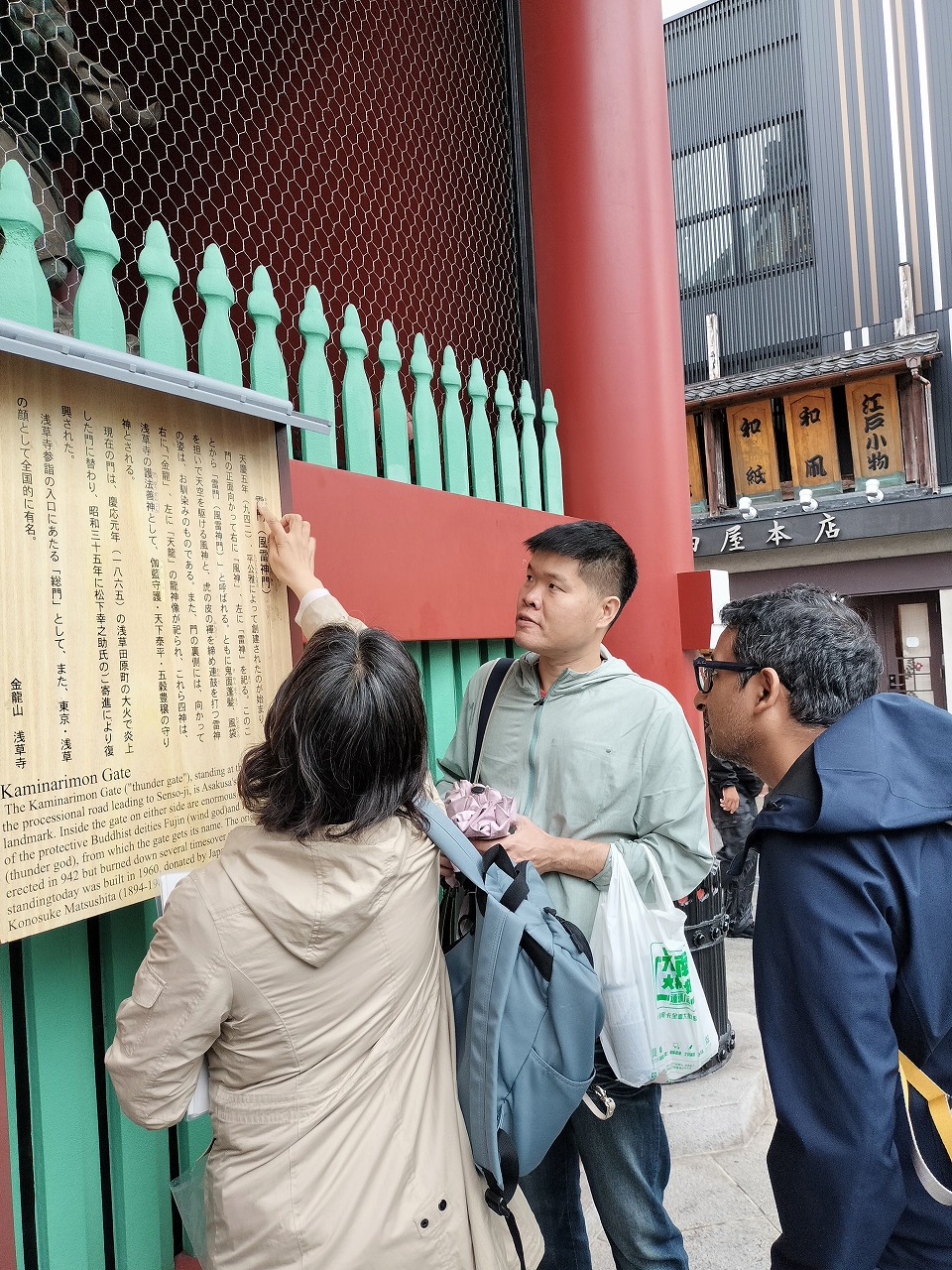
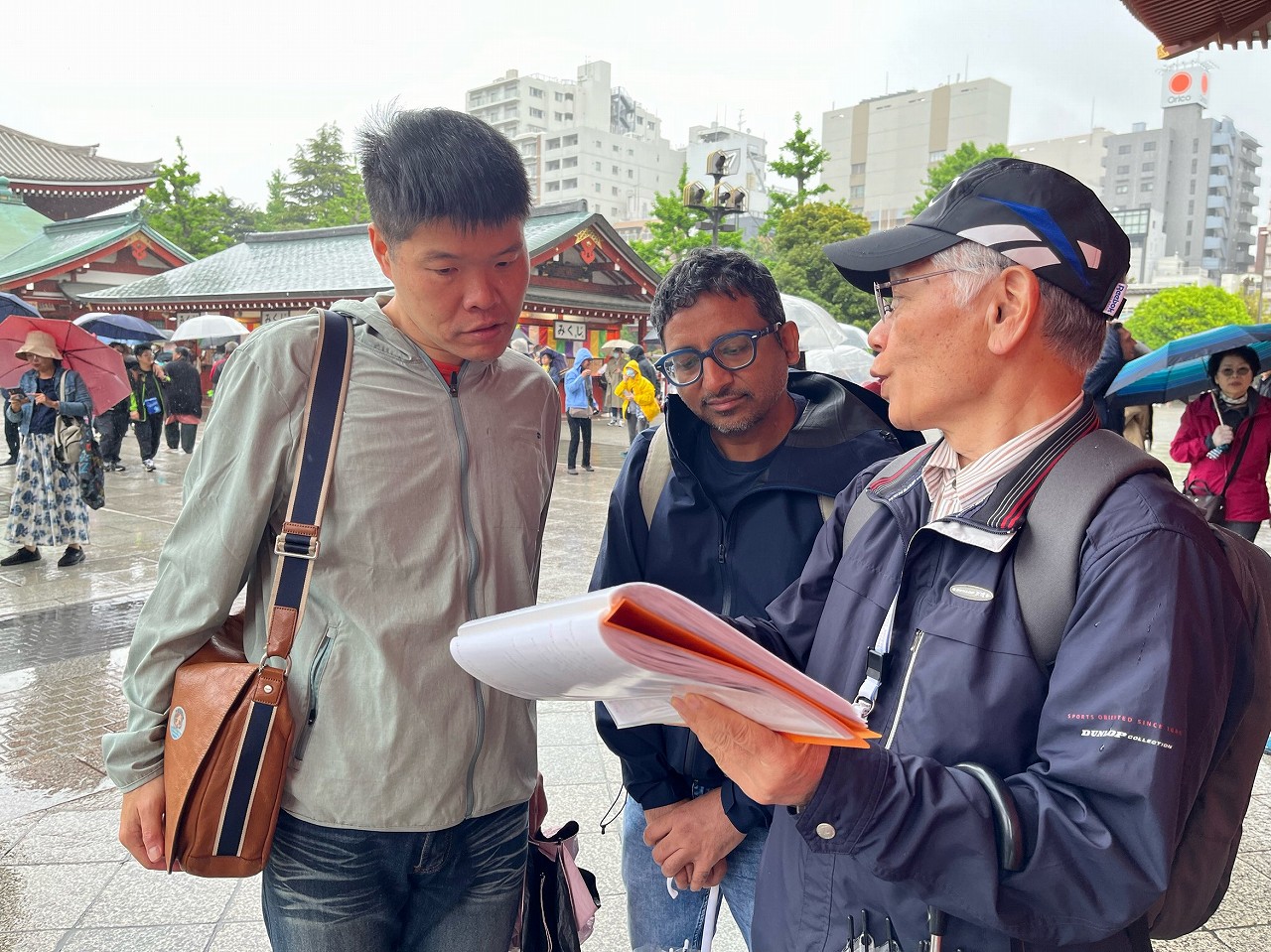
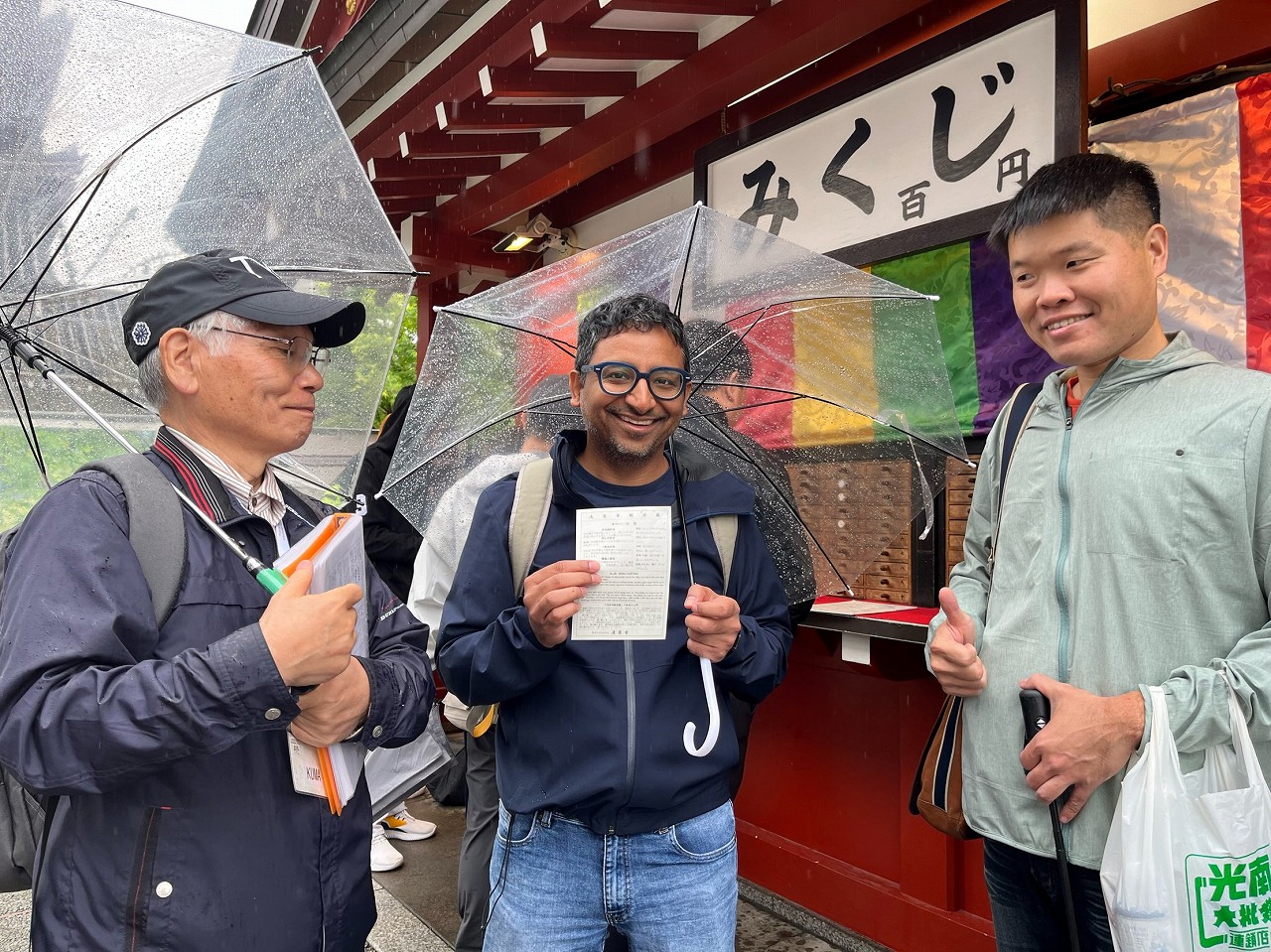
When visiting Asakusa, taking a sightseeing boat to Hamarikyu Gardens on the Sumida River is an option. Hamarikyu is one of the most representative daimyo (feudal lord) gardens which belonged to the ruling Tokugawa family during the Edo period(1603-1867). The area is about 25 hectares which is the largest existing daimyo garden in Tokyo.
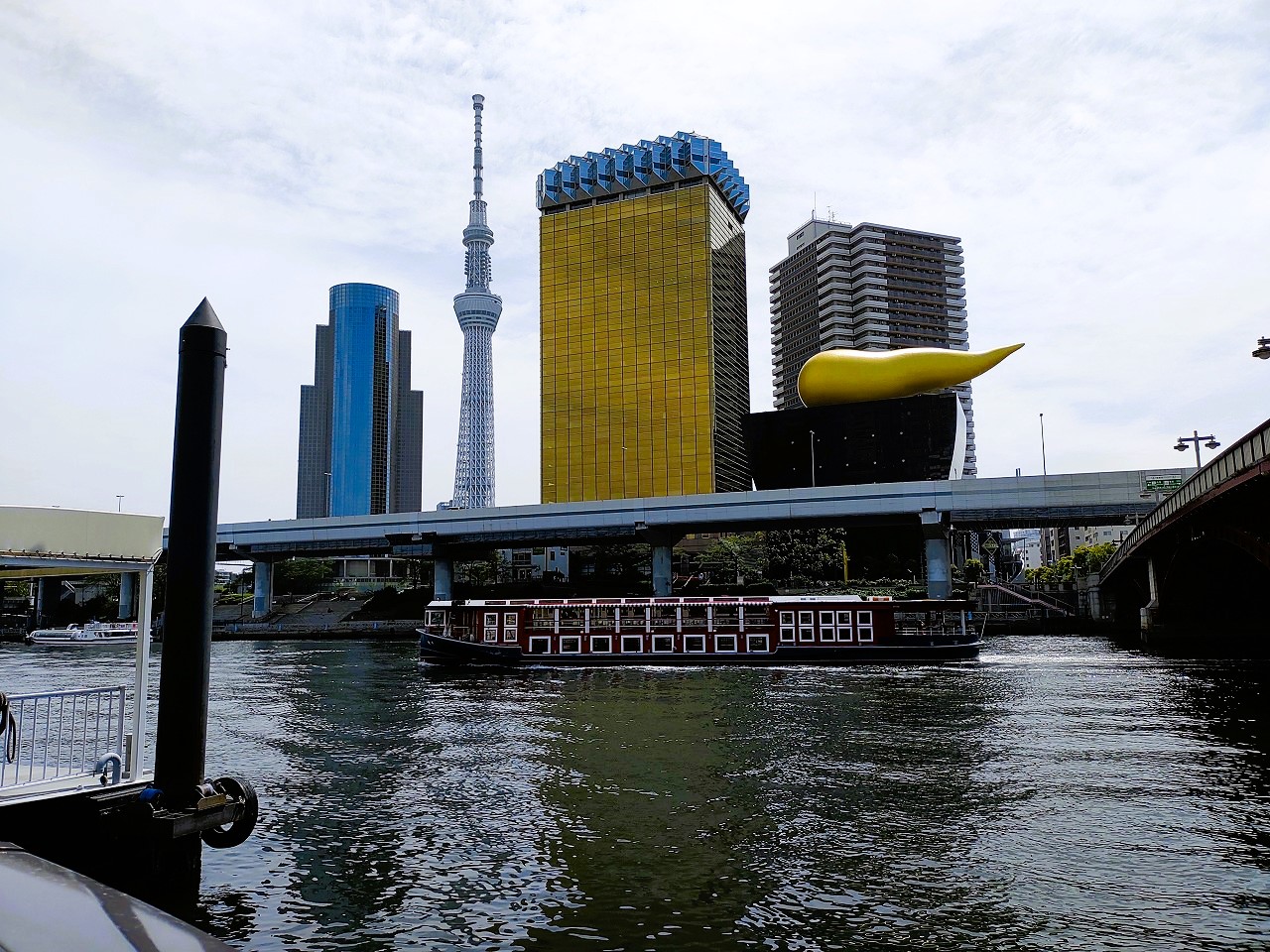
The cruise ship departs from the Azumabashi Bridge area a few-minute walk away from Kaminari-mon Gate. One of the attractions on board is to enjoy the monumental bridges. There are 13 bridges between Asakusa and the Hamarikyu Gardens. Each has a different color and shape.
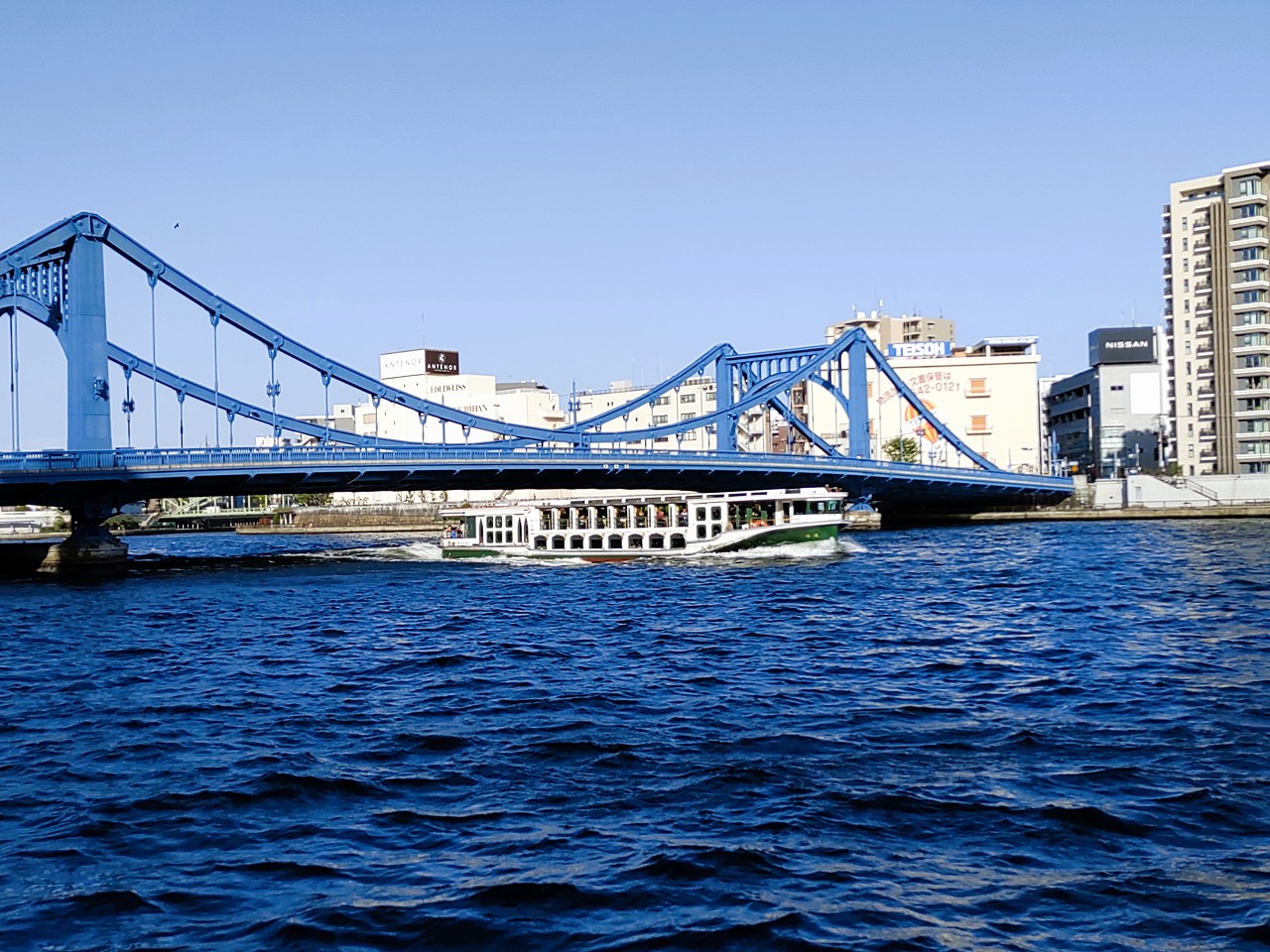
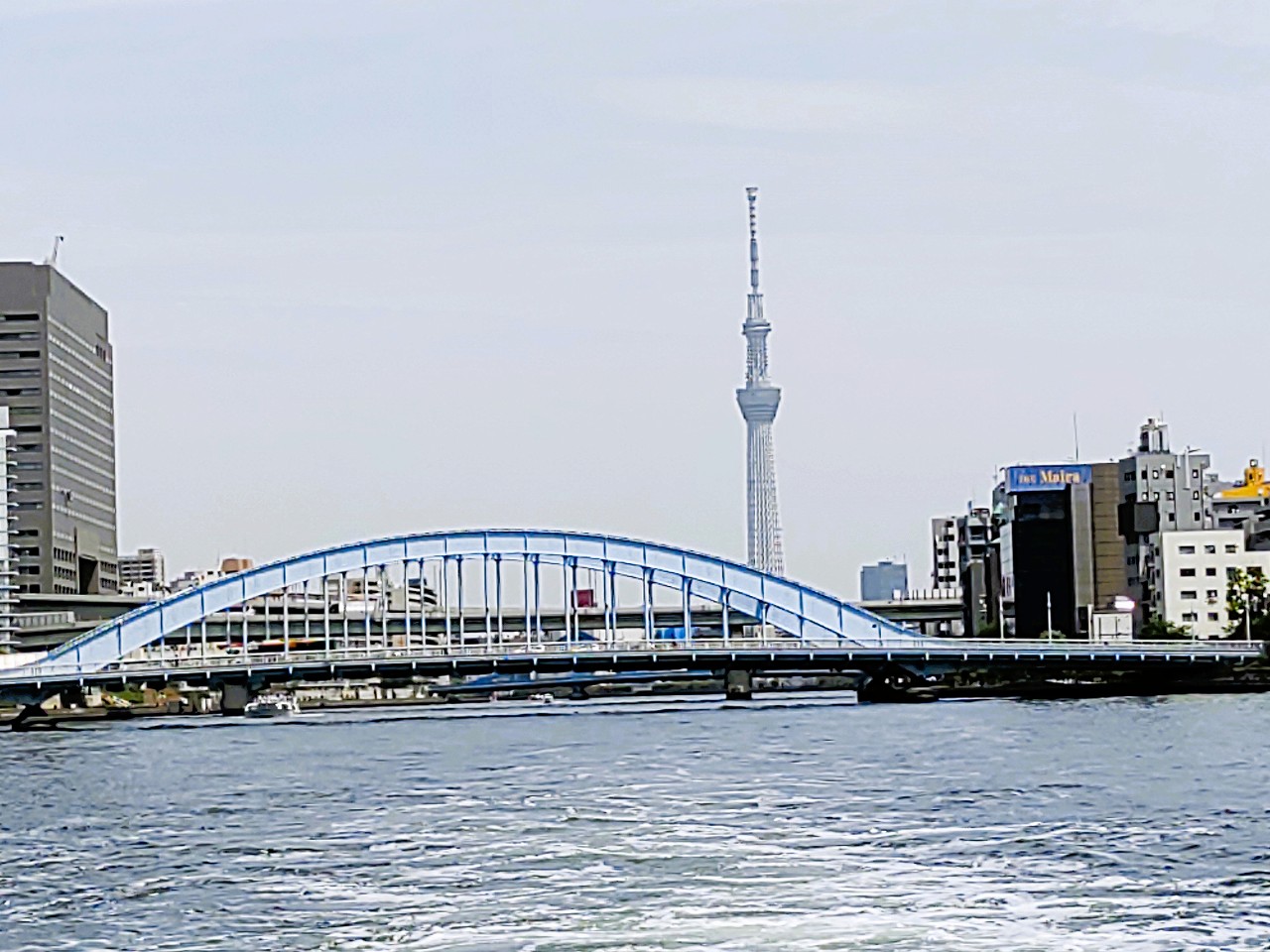
The elegant Kiyosubashi Bridge and the masculine Eitaibashi Bridge are the most impressive contrast. The cruise ship departs almost every hour. Tickets are available online but you may be able to board the ship without making a reservation on the day.
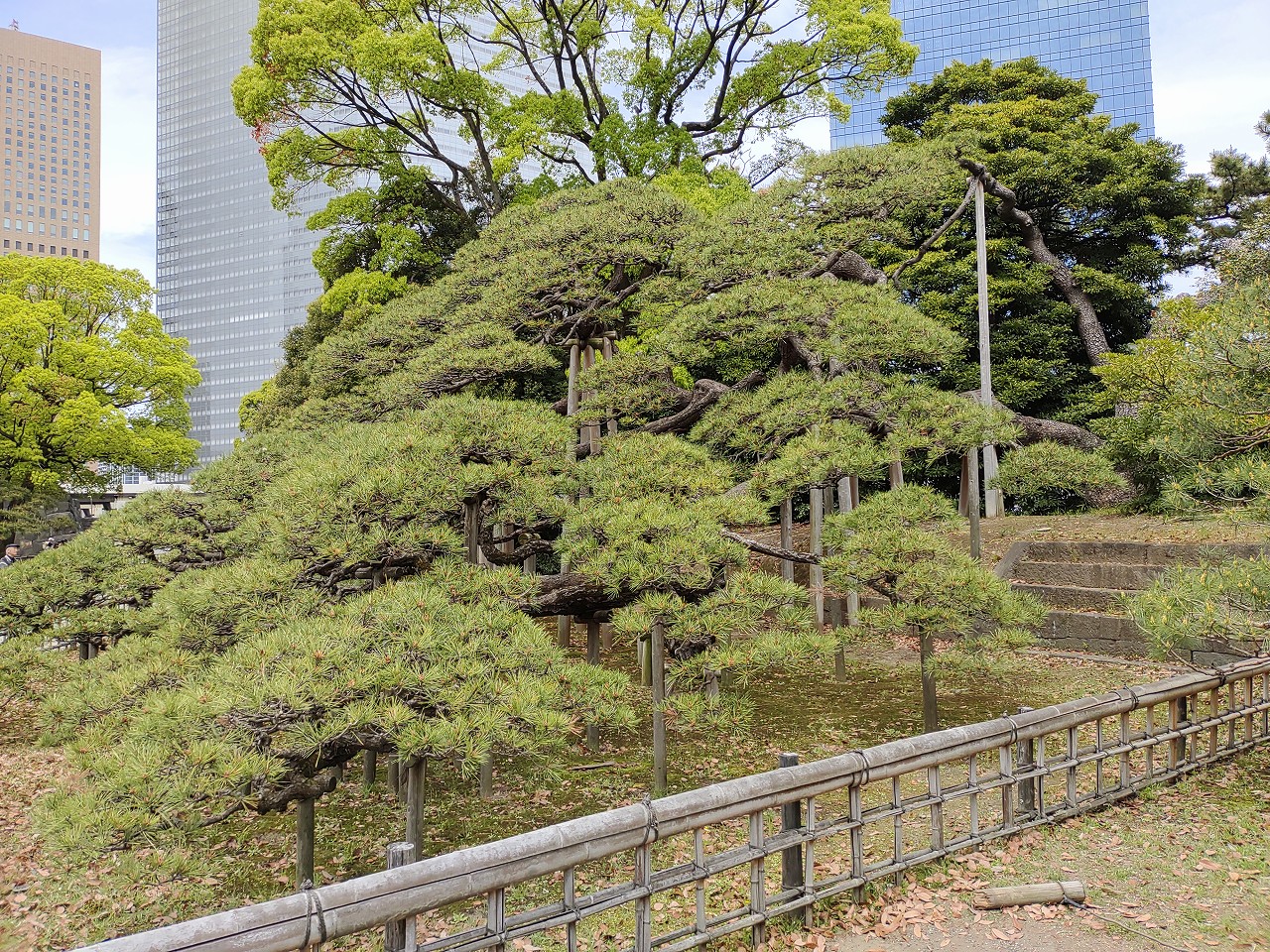

Hamarikyu Gardens is a strolling garden and full of greenery in the heart of Tokyo. It has many points of interests for you to explore. The garden features a tidal pond and its water level changes with the tide. This is the only place where seawater actually goes in and out in Japan. The seasonal flowers such as wisteria and azalea are currently in full bloom. The majestic 300-year-old pine tree is striking and carefully pruned over the centuries. It’s one of the largest Japanese black pines in Tokyo and a symbol of the garden.
Hamarikyu Gardens was originally built as the daimyo’s Edo residence and duck hunting grounds during the Edo period. Later, they were transformed into a detached palace for the Imperial family at the time of the Meiji Restoration. Then, the garden was donated to the city of Tokyo, renovated and opened to the public after WWⅡ.
Two duck hunting blinds are left. The site was an actual duck-hunting grounds with unusual method of hunting with trained falcons. Domesticated ducks were used as decoys and the wild ducks were drawn by them. The site is one of the five duck-hunting sites remaining in Japan and is the only place open to the public.
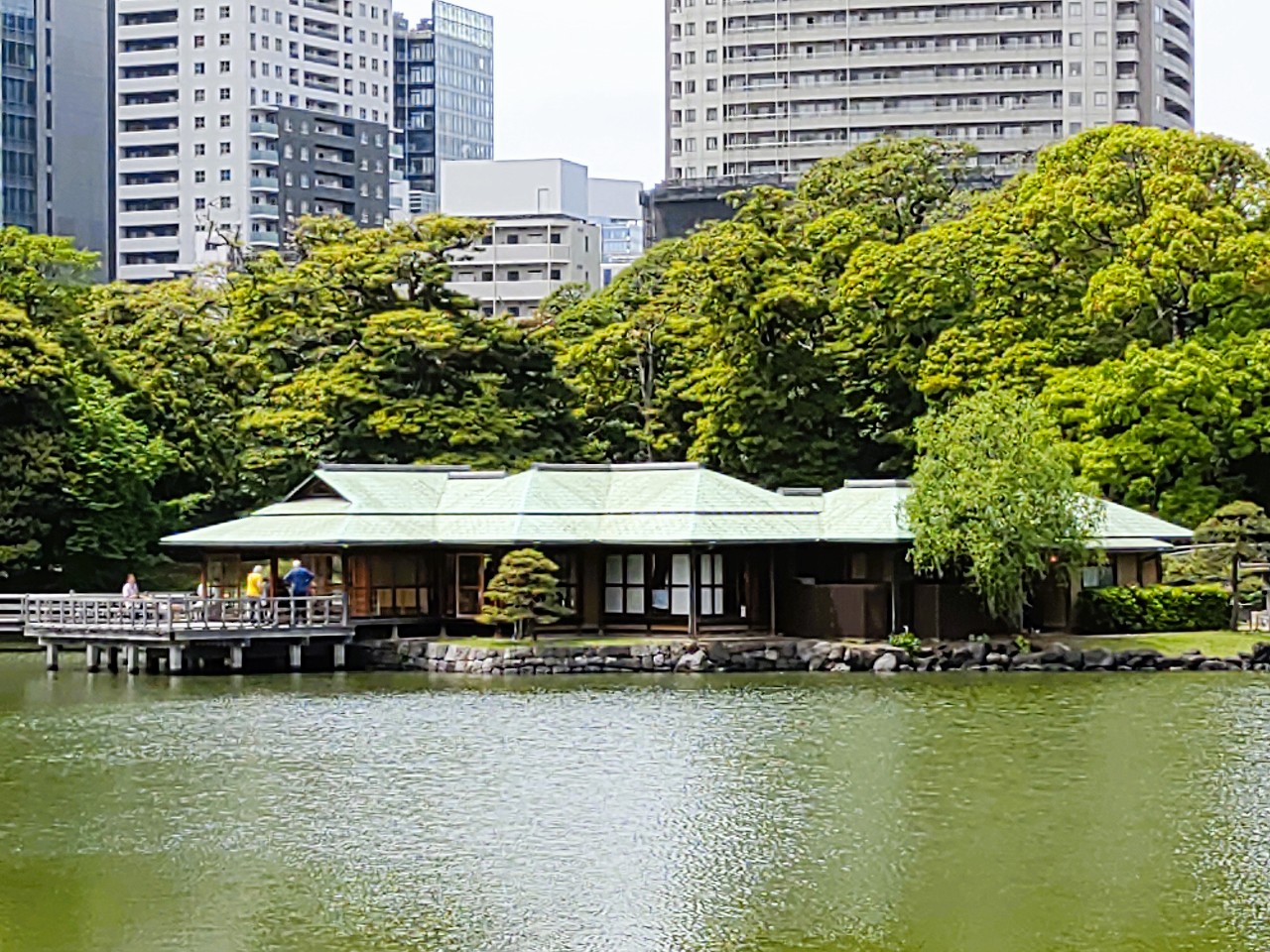
When you are tired of strolling, matcha powdered green tea is available at the teahouse located on an island in the middle of the garden pond. The tranquil view of the surrounding is lovely.
It takes about 30 minutes by boat from Asakusa. The boarding fare is 1,180 yen including the entrance fee to Hamarikyu Gardens. The garden is accessible from the JR Shinbashi Station and several subway stations as well.
The famous Tsukiji Market is a short walk from the garden. There are retail markets and restaurants. You can enjoy walking, shopping and eating at the area. It was the largest wholesale fish market in the world.
Once again thank you for joining our tour and we look forward to seeing you at other occasions.
(Yoshi)

